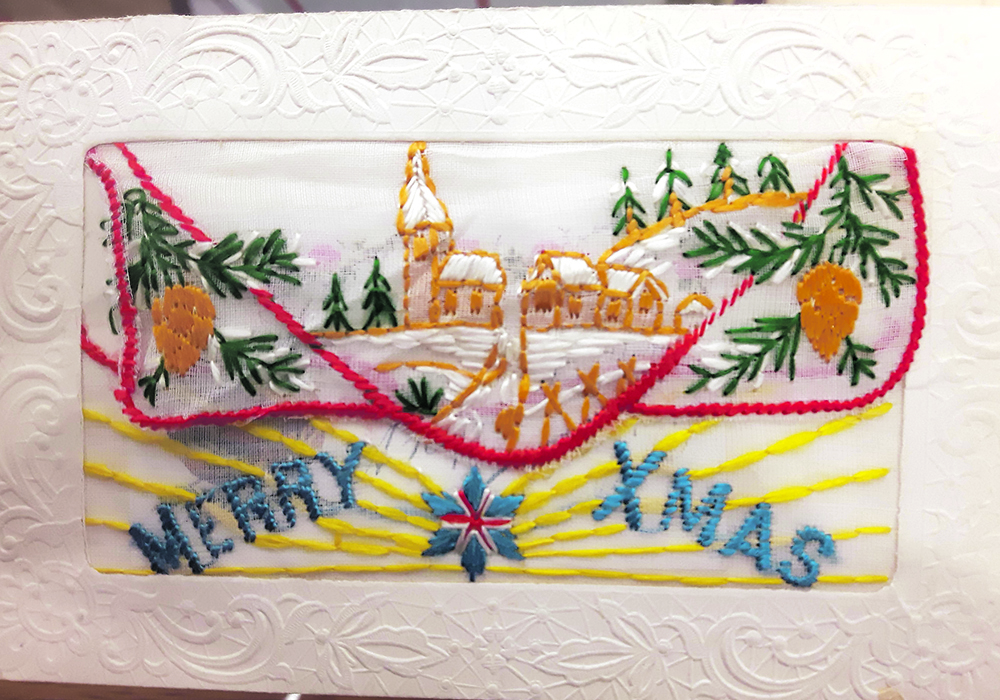Cards remain a way to tell far-away friends and family they are remembered with a prettily printed picture and a verse of good wishes
The favourite time to connect with family and friends with a show of goodwill is Christmas. From the first Christmas cards sent in England by Sir Henry Cole in 1843, cards have become a traditional way to tell far-away friends and family they are remembered with a prettily printed picture and a verse of good wishes.
I love receiving mail and I especially love finding Christmas cards in my mailbox. I place them around the house, adding a touch of extra colour among the decorations with the bonus of knowing I was in someone’s thoughts.
I remember the days when my mother sat at the dining room table night after night, preparing Christmas cards to mail. We’d receive a handful every day and we’d hang them on strings reaching from corner to corner in the living room. When one string filled, we’d add another above or below it. Those days are gone, both because no one receives that many cards anymore and they don’t want the holes in their walls from the tacks.
The design might have the traditional manger scene, the formal winter scene or Christmas tree, a shot at humour, or a cute picture. Anything with the intention to bring happiness works, whether it’s the current trend in cartoon characters or the age-old customary setting.
The commercial benefit of Christmas cards provides additional income for artists, paper companies and printing presses, not to mention the postal system. The card industry boomed in England with the advent of the Penny Post — stamps cost one penny.

During the austere years of the First World War, women in France and Belgium embroidered tiny seasonal designs on small pieces of silk, which were then inserted into paper frames and given to the Allied soldiers on the front lines. Despite a shortage of paper and a lack of coloured ink, every effort was expended to encourage them, the underfed, cold and suffering men who wished to be home for Christmas.
The photo card became popular when photography became easier, usually showing a recent family photo. Politicians and businesspeople realized the advertising value of sending a card to their constituents or customers. The invention of postcards, not needing an envelope and therefore easier to prepare, became popular.
To the surprise of everyone including the digital card companies, our preference toward tradition has kept the paper card in higher demand over the e-card. That’s what Christmas does to us. It makes us sentimental, preferring tradition over innovation, holding a pretty, printed picture in our hands with a warm message inside. Just as through the centuries, beautiful hand-made cards are the pastime of many.




















